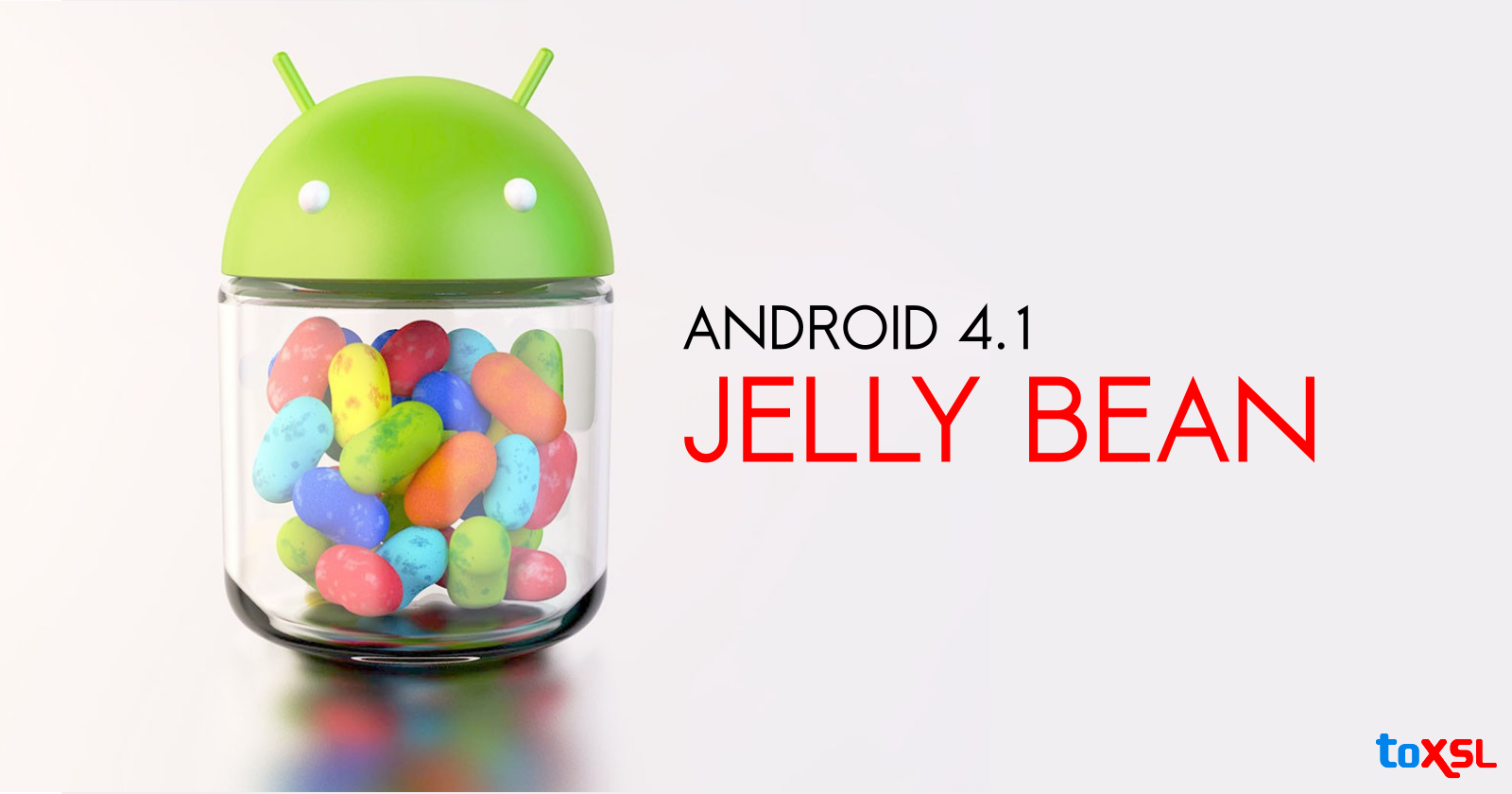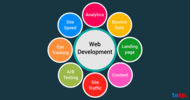- Jul 20, 2018
Share this post on:

Android 4.1, Jelly Bean, is the fastest and smoothest version of Android yet. Jelly Bean improves on the simplicity and beauty of Android 4.0 and introduces a new Google search experience on Android. The latest version is optimized to deliver Android's best performance and lowest touch latency in an effortless and intuitive UI. To ensure a consistent framerate, Android 4.1 extends vertical sync timing across all drawing and animation done by the Android framework.
Everything runs in lockstep against a 16-millisecond vertical sync heartbeat application rendering, touch events, screen composition and display refresh so, frames do not get ahead or behind. Android 4.1 also adds triple buffering in the graphics pipeline, for more consistent rendering that makes everything feel smoother, from scrolling to paging and animations. Android 4.1 reduces touch latency not only by synchronizing touch to timing but also by actually anticipating where your finger will be at the time of the screen refresh.
This results in a more reactive and uniform touch response. In addition, after periods of inactivity, Android applies a CPU input boost at the next touch event, to make sure there’s no latency. Tooling can help you get the absolute best performance out of your apps. Android 4.1 is designed to work with a new tool called, which collects data directly from the Linux kernel to produce an overall picture of system activities.
The data is represented as a group of vertically stacked time series graphs, to help isolate rendering interruptions and other issues. The tool is available now in the Android SDK.
Features are listed here:
- Vsync timing across all drawing and animation are done by the Android framework, including application rendering, touch events, screen composition and display refresh
- Shortcuts and widgets can automatically be re-arranged or re-sized to allow new items to fit on home screens
- Ability to turn off notifications on an app specific basis
- New interface layout for tablets with smaller screens
- Bi-directional text and other language support
- Triple buffering in the graphics pipeline
- Bluetooth data transfer for Android Beam
- User-installable keyboard maps
- High-resolution contact photos
- Expandable notifications
- Enhanced accessibility
- Improved voice search
- Offline voice dictation
- Improved camera app
- Multichannel audio
- Audio chaining
- Google Now
- USB Audio











